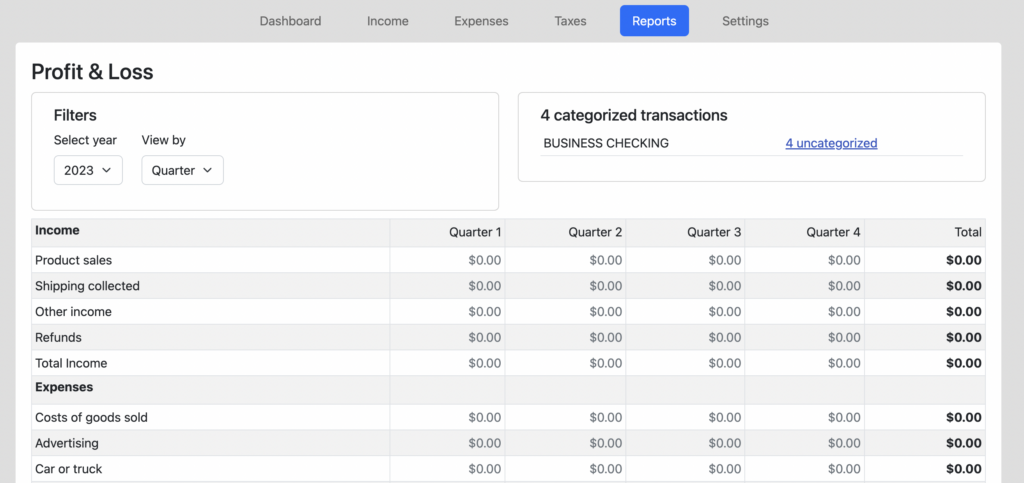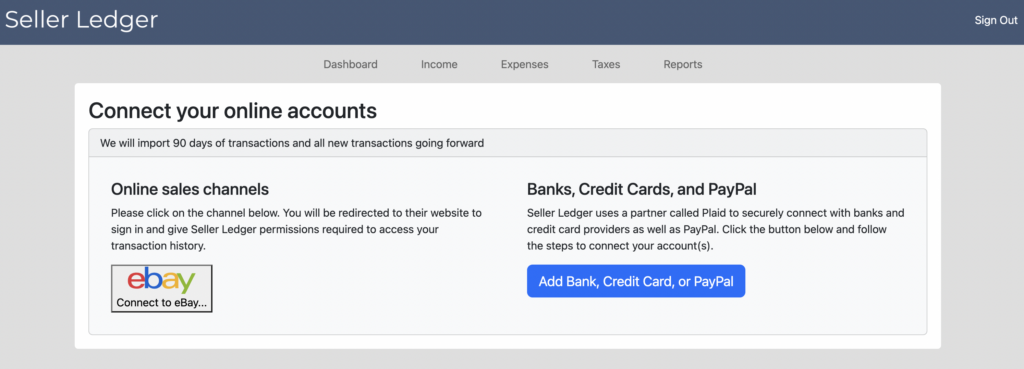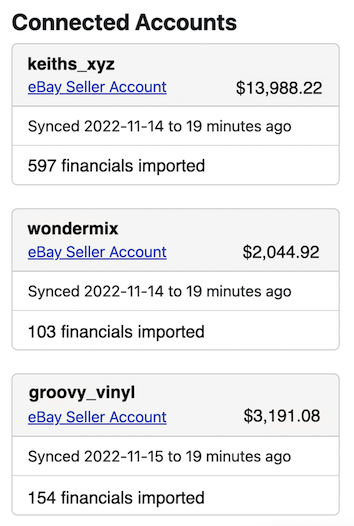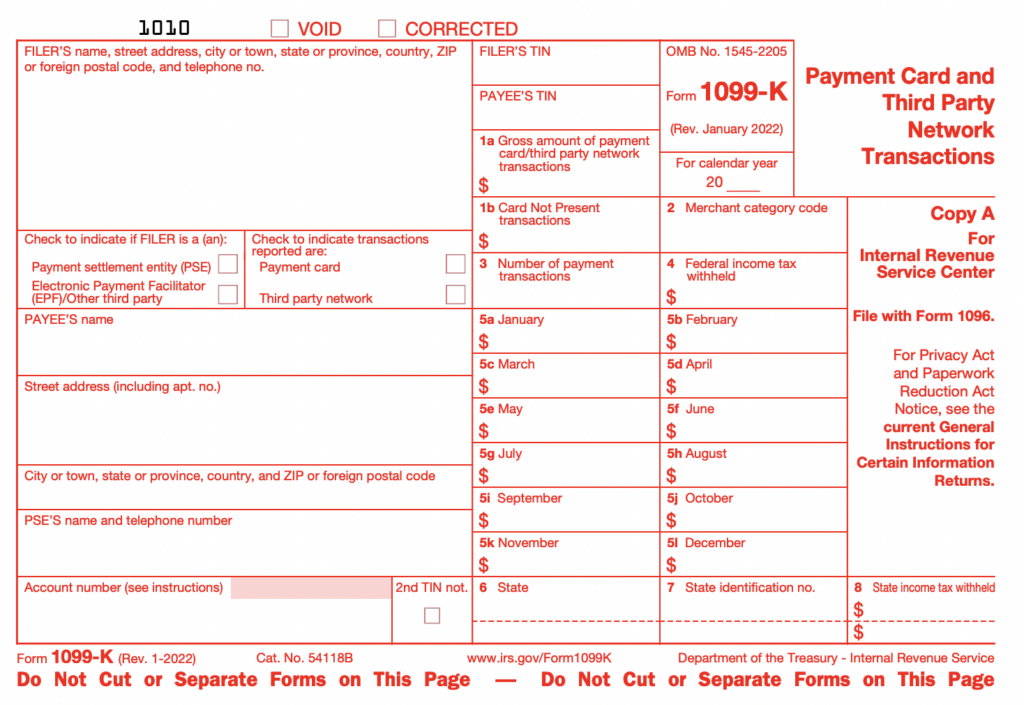Categorize eBay transactions the way you want… plus more
Now that we have officially launched, it is time to get back to making the product better and easier to use. To do that, we’ve focused on a number of enhancements that came directly from our customers.
Customize how eBay transactions are categorized
First up, we heard from a number of people that they would like to be able to change how eBay data gets categorized when it comes in. As a refresher, here is how Seller Ledger handles eBay transactions by default.
But, we’ve heard some great reasons to change the default settings. Some examples include:
- Putting eBay fees under the “Advertising” category rather than “Commissions and fees.”
- Putting Shipping costs under “Cost of Goods Sold” instead of “Office Expense.” There’s an interesting debate here, which we plan to tackle in a future blog post.
However, one of the coolest ideas was to let customers have eBay order amounts go under a subcategory of Product Sales, so that, if you are a multi-channel seller, you could have a profit and loss that starts with something like this:

To make this possible, just go to our new “Customize” page under the Settings tab, and edit the transaction types you’d like to change:

Remember, if you want to use any sub-categories for eBay data, you’ll want to create those sub-categories first.
See your profit or loss by month, quarter or year
This one is pretty self explanatory:

On a related note, we also added totals to top right of the Income and Expense tabs, so when you drill down or filter for a specific date range and/or category, you can see the totals. This will also match the numbers your click from the profit and loss report.

Ability to delete sub-categories
A small enhancement, but for those of you who add a sub-category but then decide you don’t need it, or made a mistake, you can easily delete them. Of course, if you have categorized any transactions using that sub-category, you will need to re-categorize them. We won’t give you the option to delete a sub-category if there are any transactions using it.

That’s it for now. We’ve got a few other improvements coming soon, so stay tuned.







